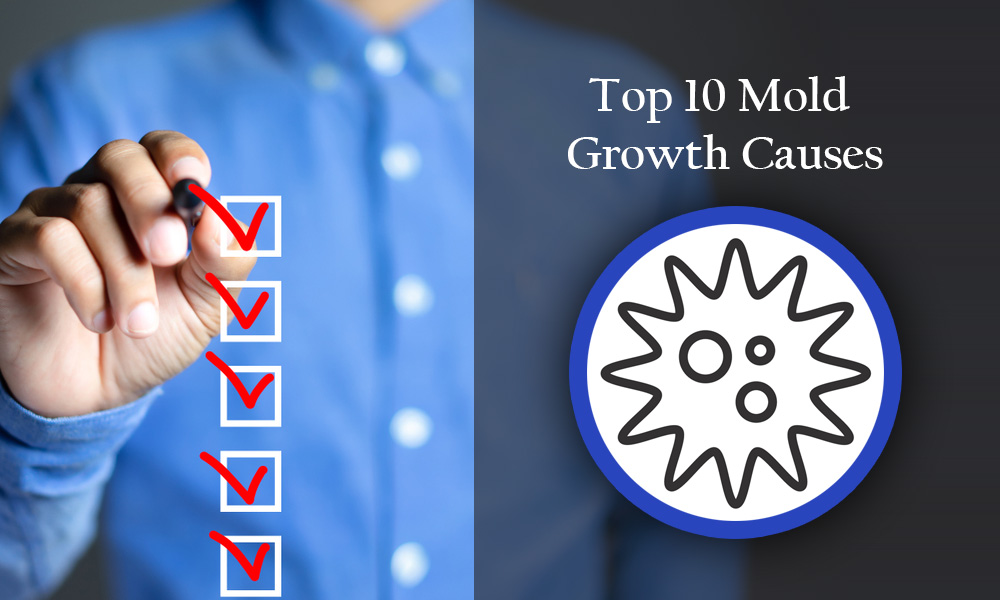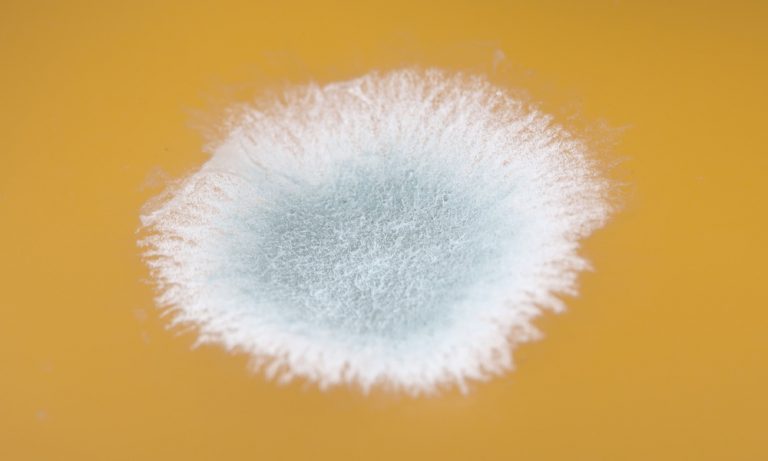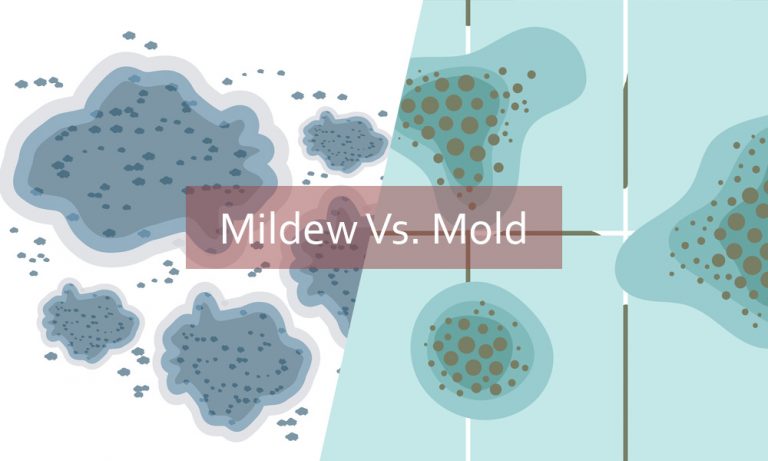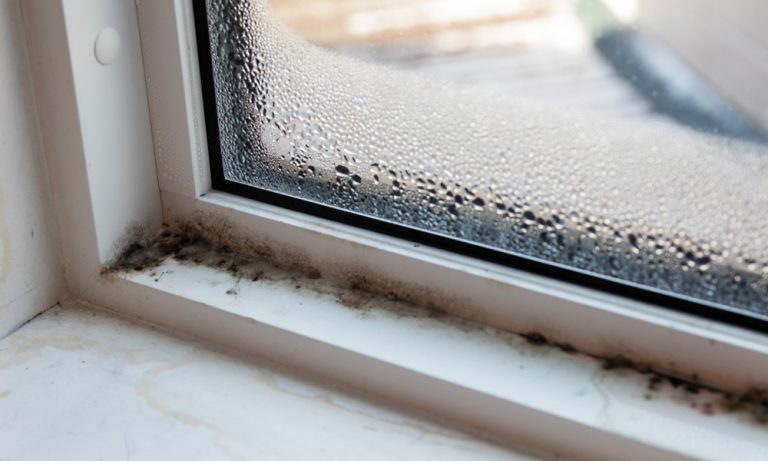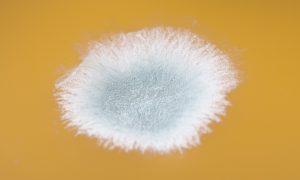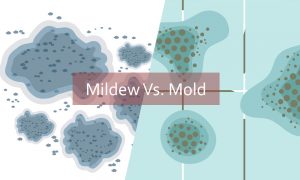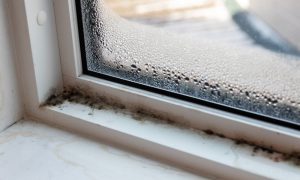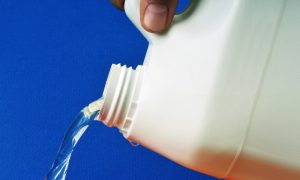Any moist place will have mold growth. And when mold is present, health problems will surely follow, particularly for those sensitive to it.
To avoid suffering from eye irritation, coughing, nasal stuffiness, throat irritation, or skin irritation, ensure you eliminate mold and prevent mold growth in your home.
Mold can grow at any place – on paper, food, clothing, carpet, and even in areas that are not visible, such as behind drywall, inside walls, around pipes, and over ceiling tiles. It is challenging to fix mold problems and lead to irritants, allergens, and sometimes toxins, causing health concerns.
Further Reading: Residential mold remediation services in and around San Diego
Common causes of mold growth
1. Leaky foundations
You need to monitor your foundation walls regularly – from the interior and exterior – and assess surrounding areas for potential threats to your foundation. You can carry out minor repairs of a foundation because they are easy and cheap, but you still need to note these areas after repair if conditions worsen – when you may have to seek an expert mold remediation help.
Leaky foundations can go undetected for an extended period. Your water bill may be higher than it used to be. But if water doesn’t pour out somewhere, you may not know the problem.
When you have moist soil behind a foundation, the moisture eventually gets to the concrete’s surface. Wet surfaces are perfect for toxic molds to grow, affecting the health of your family.
2. Broken walls
A broken wall can let water in, making the wall damp and over time, leading to mold growth. If you notice any part of your wall is damp, identify the moisture source before looking for a solution.
Almost every building material has some level of moisture, with evaporation controlling most of the moisture content.
It is suggested not to cover damp walls and mold growth with products like tanking and liquid sealers; because this may solve the damp issue on the internal wall, the dampness will still reappear without repairing the wet wall’s root cause.
3. Leaking roofs
A leaking roof can make it easier for mold growth. When water gets into your home and stagnates, mold spores begin germinating on the moist surface because mold needs just two ingredients to grow – moisture and some organic matter to feed on. If you notice that your roof is leaking, respond immediately, and get a solution before things worsen.
Two types of mold growth result from a leaky roof – systemic or limited growth. In systemic growth, the roof leak causes sufficient moisture buildup leading to mold growth throughout the whole area.
When this happens, the moisture buildup is indirect. Limited growth occurs when an area has enough ventilation to exhaust moisture caused by the leaky roof. Here, it would be best if you focused on the surrounding area of the leak.
4. Leaky water pipes
Leaking pipes can cause several problems in a home. However, one of the biggest problems they cause is mold. Anyone that has a leaking pipe will soon notice mold growth. This can be a big issue because mold is persistent and forms quickly. Once it starts forming, you will need a professional solution to prevent it from spreading to other areas.
Your top priority should be locating the source of the water pipe leakage. It is best to call a professional mold removal expert if you notice any leaky pipe. The sooner they solve the problem, the better.
5. Poor construction of walls
The main reason for mold growth during construction work is the uncontrolled moisture content in the form of condensation, liquid flow, high humidity, and capillary action.
It will help if you regularly inspect the moisture incursion of your walls and quickly respond. The Environmental Protection Agency (EPA) stipulates that mold growth can begin in as little as one to two days after walls become wet.
6. High humidity
Humidity can lead to several issues, including health problems. For homeowners, humidity brings about the threat of mold growth. To prevent potentially toxic mold growth conditions for your family, you must take precautions to prevent humidity for mold growth.
Humidity in the air can provide the moisture needed for mold growth. Always keep your indoor relative humidity below 60 percent (between 30 percent and 50 percent). Preventing mold in humid climates is challenging. You should take measures to prevent mold growth in moist environments.
7. Poor ventilation, especially in bathrooms and kitchens
Proper ventilation is vital for circulating new, clean air and helps it move throughout the home, thus preventing allergens from spreading. Poor ventilation can cause mold growth.
When moisture combines with poor air circulation, a humid and moist environment will form. This is the ideal environment for mold growth. For a healthy, safe, and energy-efficient environment, seal your house from energy leaks and ensure proper ventilation so air can move throughout the house.
Further Reading: Bathroom mold remediation – How to get rid of bathroom mold
8. Damp basements
Moisture problems as a result of a damp basement are common. This may not be a major concern in a basement or a cellar that is hardly used and separate from the other parts of the house above. However, most basements are linked to the rest of the building. In these cases, moisture problems can be uncomfortable and can cause major health issues. You can notice mold growth in damp basements.
To solve mold growth in the basement and mold growth on the ceiling, you need to know the water source and how it entered the basement, and then fix it.
Further Reading: Basement mold remediation – How to get rid of basement mold
9. Crawl spaces
Some houses are built with crawl spaces rather than basements. Although they are cheaper and recommended for those living in moist areas, they are also prone to moisture and mold growth. Mold growth in crawl spaces is not a good sign. It shows that there is a bigger problem upstairs.
Further Reading: Crawl space mold remediation – How to get rid of crawl space mold
10. Flood
Flood brings a lot of issues in a home. One of the after-effects of flooding is mold growth. Water damage from flooding not only compromises the integrity of the building but also causes health problems.
If water enters your home, seek professional help immediately so that they can begin a quick cleanup and drying exercise.
Further Reading: Water damage restoration services San Diego
How mold get indoors and grow?
Mold can exist both indoors and outdoors. They can get into a home through open windows, doorways, vents, and heating and air conditioning systems. Mold outside can also attach itself to shoes, clothing, and pets to be taken indoors. When mold spores settle on wet surfaces, such as leaky areas on walls, pipes, roofs, or plant pots, they will grow.
Most materials used for a building have suitable nutrients that encourage the growth of mold. Wet cellulose materials, such as paper and paper products, cardboard, wood, wood products, and ceiling tiles, are conducive to mold growth. Other materials like carpet, paints, wallpaper, dust, insulation materials, and fabric, make it easy for mold growth.
Prevention of mold
- Identify damp areas and dry them
- Avoid having many plants in the room
- Use proper ventilation to avoid moisture
- Use mold-resistant products to equip your house
- Regularly wash rugs, towels, and mats
- Monitor the humidity of your room
- Fix roof gutters
- Spray borax on surfaces before allowing them to dry
- Ensure you cover all dirt crawl spaces
- Block all heating vents.
What do to when you notice severe mold growth?
Hire a professional such as Eco Food & Mold Remediation if there has been a lot of water damage or mold growth is more than 10 square feet. We are a team of highly skilled experts capable of handling problems related to mold, flood, or fire incidences. We can accurately access the problem using our cutting-edge technology and modern tools to completely remediate the mold growth.
This article was originally published in Nov-2020 and was last updated in Apr-2021.
Author: Kenny

